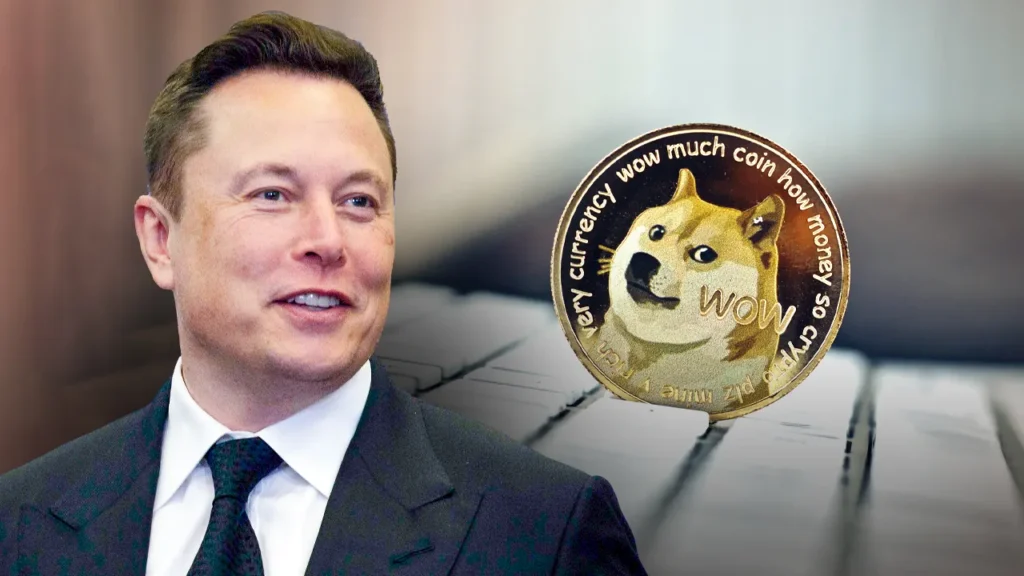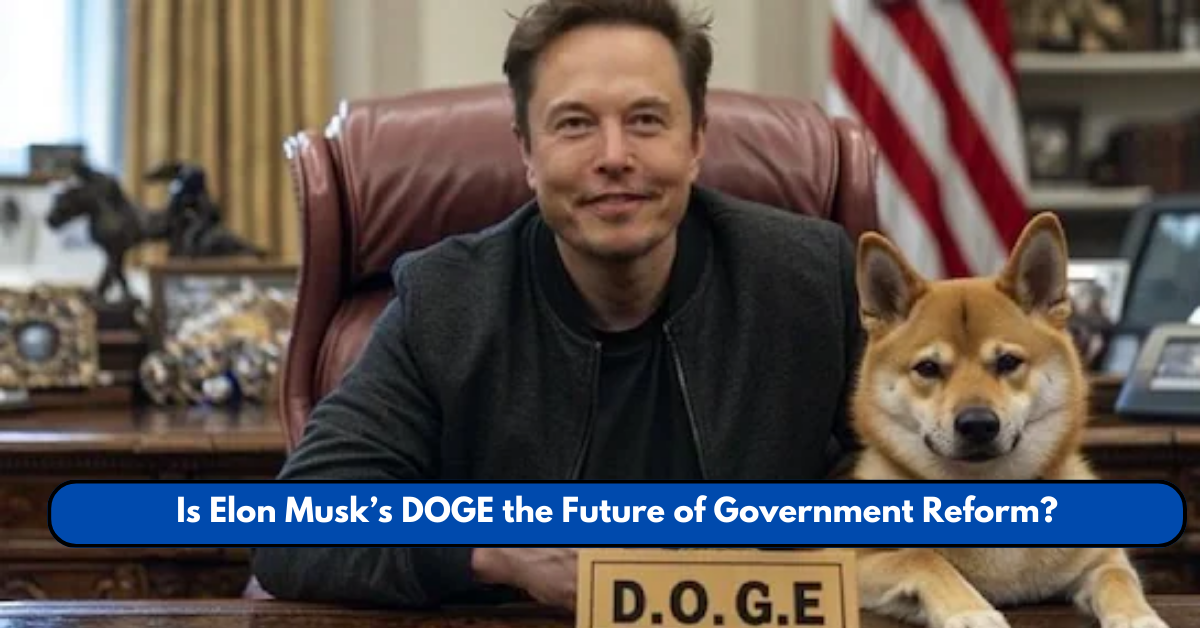Elon Musk has once again found himself at the center of a major transformation—this time, in the realm of government efficiency. The billionaire entrepreneur, known for Tesla, SpaceX, and his vocal support for Dogecoin (DOGE), has been appointed to spearhead the Department of Government Efficiency (DOGE), a newly formed initiative aimed at streamlining federal operations, reducing bureaucracy, and cutting government spending.
While some see Musk’s involvement as a much-needed shake-up of an inefficient system, critics argue that the changes could come at the cost of accountability and essential services. Here’s a closer look at what DOGE is, what it aims to accomplish, and the controversy surrounding it.
What Is DOGE?
The Department of Government Efficiency (DOGE) was launched in late 2024 as part of a broader initiative to restructure the federal government. Endorsed by President Donald Trump, the initiative was designed to identify and eliminate wasteful spending, consolidate redundant agencies, and implement technology-driven automation to make government operations more efficient.

The primary objectives of DOGE include:
- Reducing Federal Spending – Identifying unnecessary expenses and cutting costs where possible.
- Streamlining Agencies – Consolidating or eliminating redundant federal agencies to improve efficiency.
- Enhancing Technology – Using artificial intelligence and automation to handle bureaucratic tasks more effectively.
- Downsizing the Federal Workforce – Restructuring employment to align with efficiency goals, potentially leading to a 75% reduction in certain government roles.
Musk’s Vision for Government Efficiency
Musk has long been a proponent of lean operations and technological solutions to improve efficiency. Under his leadership, DOGE has already begun exploring ways to reduce paperwork, speed up processing times, and automate tasks that typically require significant human resources.
In a statement, Musk explained:
“The government should run like a well-engineered machine—fast, efficient, and free of unnecessary friction. Bureaucracy is the enemy of progress, and we’re here to fix it.”
Concerns and Legal Challenges
Despite its ambitious goals, DOGE has faced considerable opposition from legal experts, government employees, and advocacy groups who argue that the plan might go too far.
1. Transparency and Oversight
One of the biggest concerns is the lack of oversight over Musk’s reforms. Critics argue that reducing bureaucracy too aggressively could compromise transparency in government operations. Several watchdog organizations have called for congressional oversight of DOGE’s activities to ensure that essential services are not compromised.
2. Workforce Reductions
The plan to reduce the federal workforce by 75% has raised alarms among government employees and unions. The American Federation of Government Employees (AFGE) has warned that mass layoffs could weaken essential services, particularly in agencies like Social Security, Veterans Affairs, and Homeland Security.
3. Automation Risks
While Musk’s AI-driven government automation could improve efficiency, there are fears that relying too heavily on technology may lead to increased errors, security vulnerabilities, and reduced human oversight in crucial decision-making processes.

Political and Public Reactions
Public and political reactions to DOGE have been mixed:
- Supporters argue that the initiative is long overdue and could save trillions of dollars while making government services faster and more efficient.
- Opponents warn that rapid deregulation and aggressive workforce cuts could lead to disruptions in essential services.
- Lawmakers from both sides of the aisle are divided, with Republicans generally supporting the move while Democrats have called for more scrutiny of its implementation.
The Future of DOGE: What’s Next?
As DOGE moves forward, the following developments are expected:
- Legal Battles: Several lawsuits are pending against DOGE, challenging the legality of mass agency restructuring without congressional approval.
- Congressional Hearings: Lawmakers are set to investigate whether DOGE’s policies comply with existing laws.
- Public Feedback: Citizen petitions and advocacy groups are calling for a measured approach to government reform, rather than radical cuts and automation.
Conclusion
Elon Musk’s Department of Government Efficiency (DOGE) is one of the most radical attempts at government reform in modern history. While its goals of cutting costs and improving efficiency have strong support, concerns about transparency, job losses, and automation risks cannot be ignored.
As legal challenges and political debates continue, it remains to be seen whether DOGE will truly clean up government or create new complications. One thing is certain—this initiative will be closely watched by both supporters and critics in the months to come.
This article has been carefully fact-checked by our editorial team to ensure accuracy and eliminate any misleading information. We are committed to maintaining the highest standards of integrity in our content.

A senior at Yale-NUS College with interests in developmental and labour economics, as well as creative non-fiction and poetry. Currently, I’m studying as an Economics major and an Arts and Humanities minor (focusing on Creative Writing) with heavy involvement in the Singaporean journalism scene and involved in research on economic history and educational policy. I’m working as an author for The Octant, Yale-NUS’ student publication, as a writer for Wingspan, Yale-NUS’ alumni magazine, and as a tutor for the NUS Libraries Writer’s Centre. | Linkedin




